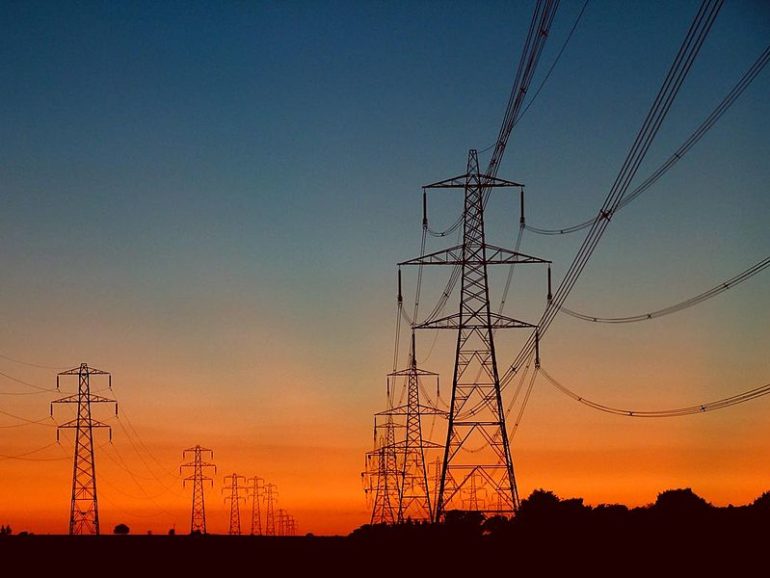Power networks worldwide are faced with increasing challenges. The fast rollout of distributed renewable generation (such as rooftop solar panels or community wind turbines) can lead to considerable unpredictability. The previously used “fit-and-forget” mode of operating power networks is no longer adequate, and a more active management is required. Moreover, new types of demand (such as from the rollout EV charging) can also be source of unpredictability, especially if concentrated in particular areas of the distribution grid.
Network operators are required to keep power and voltage within safe operating limits at all connection points in the network, as out of bounds fluctuations can damage expensive equipment and connected devices. Hence, having good estimates of which area of the network could be at risk and require interventions (such as strengthening the network, or extra storage to smoothen fluctuations) is increasingly a key requirement.
Privacy-sensitive machine learning
Smart meter data analysis holds great promise for identifying “at risk” areas in distribution networks. Yet, using smart meter data can present significant practical constraints. In many countries and regions, the rollout of smart meters does not provide full coverage, as installation is voluntary and many customers may reject installing a smart meter at their home. Moreover, even places where there is a successful smart meter roll-out, privacy restrictions must be taken into account and, in practice, regulators considerably constrain what private data from smart meters network operators have access to.
Newly published research from the Smart Systems Group at Heriot-Watt University in Edinburgh, UK, in collaboration with Scottish Power Energy Energy Networks addresses these key challenges. Based on real data and case studies from distribution networks in Scotland, researchers have shown that deep learning neural networks can provide accurate estimates of voltage distributions in all areas of the network, even if high-granularity smart meter data is available from only a few locations, not from every consumer meter.
Dr. Maizura Mokhtar, the Data Scientist who led the work, explains that”while modern smart meters can collect high-granularity data from every household, in practice, there are computational constraints with collecting so much data, as well as privacy concerns. Our work shows that, to produce high accuracy voltage predictions across the whole network, only data from a few Key Identified Locations is needed. Furthermore, it can do so by using only current voltage data to output accurate voltage predictions. Crucially, our method does NOT require input of privacy-sensitive power data, which could be conceivably be used to infer what individual customer activity in their home.”
Dr. Valentin Robu, Associate Professor and Academic PI of the project, says that “this work was part of the NCEWS (Network Constraints Early Warning System project), a collaboration between Heriot-Watt and Scottish Power Energy Networks, part funded by InnovateUK, the United Kingdom’s applied research and innovation agency. The project’s results greatly exceeded our expectations, and it illustrates how advanced AI techniques (in this case deep learning neural networks) can address important practical challenges emerging in modern energy systems. We were very much honored to win the IET and E&T 2019 Innovation of the Year Award for the work in this project, as well as now a top publication in the Energy and AI journal.”
Professor David Flynn, the Head of the Smart Systems Group at Heriot-Watt added that “the NCEWS project showcases very well how an academia-industry collaboration can bring new thinking and expertise to the activity of UK power network operators. Artificial Intelligence and data analytics are increasingly central to addressing challenges that UK DNOs face, and will likely play a key role in decarbonising our energy systems.”
Mobile technology gives Bulgarian power grid a renewable energy boost
More information:
Maizura Mokhtar et al, Prediction of voltage distribution using deep learning and identified key smart meter locations, Energy and AI (2021). DOI: 10.1016/j.egyai.2021.100103
Provided by
Heriot-Watt University
Citation:
The potential of deep learning in managing power networks (2021, August 27)
retrieved 27 August 2021
from https://techxplore.com/news/2021-08-potential-deep-power-networks.html
This document is subject to copyright. Apart from any fair dealing for the purpose of private study or research, no
part may be reproduced without the written permission. The content is provided for information purposes only.



